The heartfelt farewell to Glasgow's last tram 55 years ago
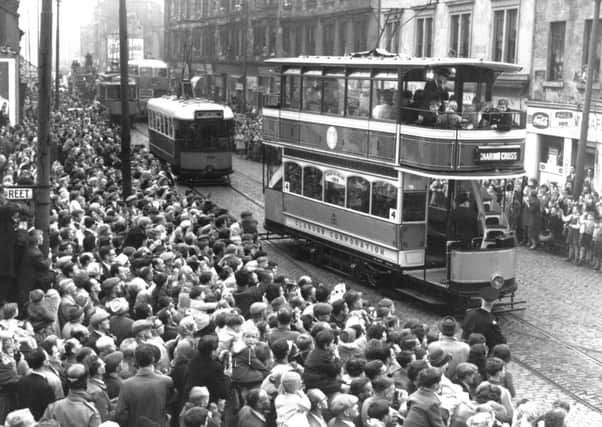

Commentators of the day did not spare words to describe September 4, 1962 with one claiming there was a “impending sense of loss, of desolation in the air” as the era of the “caurs” came to an end.
“The tram car is dead,” he added.
A procession of trams from the system’s 90-year history left Dalmarnock Depot at 6.30pm, lead by the first horse-drawn cars that were introduced in 1872.
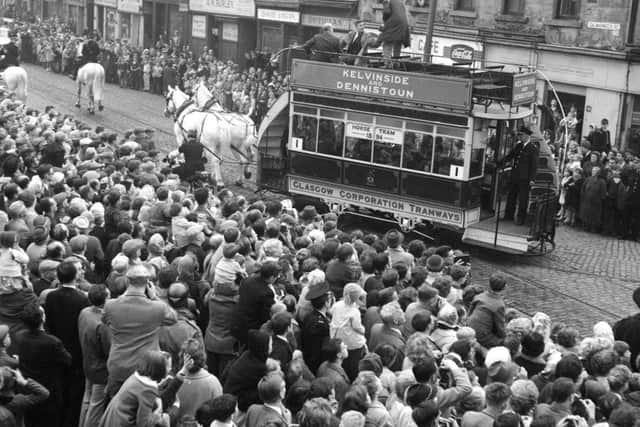

Advertisement
Hide AdAdvertisement
Hide AdIt passed through Argyle Street, Hope Street, St Vincent Street and Renfield Street to Pollokshields, where a huge crowd watched the trams enter the Coplawhill Car Works, where they had been made and maintained by armies of workers, for the last time.
The heavy rain of the night was regarded by many as the heavens weeping for the passing of the trams, according to accounts.
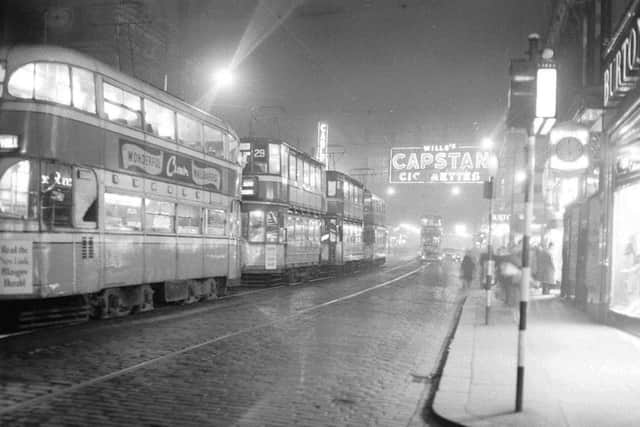

People came from not just Glasgow but across the country to witness the final journey with Glasgow the last city in the UK to retain its tram system, apart from Blackpool which kept a tram rolling on the seafront.
London and Liverpool had already said goodbye, and Glasgow’s farewell appeared to be suitably heartfelt.
Advertisement
Hide AdAdvertisement
Hide AdMany of those gathered ducked down to place a penny on the tracks so it would be squashed by the approaching tram to leave a unique souvenir of the day.
Those who took a spot at the Coplawhill works remembered there being “not a dry eye in the house.”
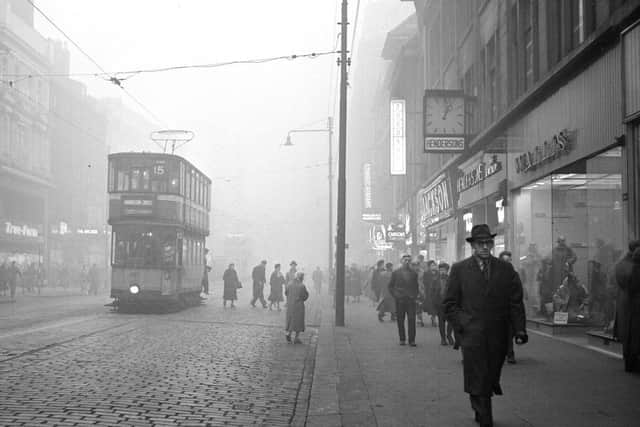

John Messner, a curator of transport technology at the Riverside Museum, said: “September 4 1962 was quite a dreich day in Glasgow but it didn’t stop possibly a quarter of a million people come out to say goodbye to the trams
“Glasgow had these trams for 90 years, first they were horse drawn and then electric, and they were really part of lots of people’s lives in the city. They took people to work, to school to football.
Advertisement
Hide AdAdvertisement
Hide Ad“There was no class division on the trams. There was the same fare for rich or poor. They were ubiquitous. There were thousands of them.
“It will be 55 years since the trams stopped running ad when people come into the Transport Museum today you can see there is a lot of affection and nostalgia for them.”
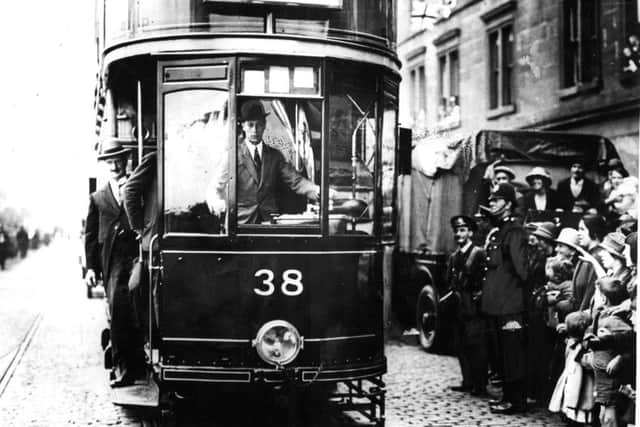

The first horse-drawn tram of 1872 connected St George’s Cross and Eglinton Roll.
Electrification of the system began in 1898 on the route between Springburn and Mitchell Street.
Advertisement
Hide AdAdvertisement
Hide AdThe tram service reached far beyond the city limits with routes reaching Milngavie, Paisley, Renfrew, Clydebank, Uddingston and Airdrie.
The ubiquitous standard tram was manufactured en mass from the late 1800s to the 1950s with the mainstay of the fleet joined by experimental models in the 1930s and 1940s, including the Coronation which was introduced to mark the Empire Exhibition at Bellahouston Park in 1938.
“These experimental vehicles were cutting edge and a chance for the city to modernise itself and to say ‘we’re not Edwardian, we’re not Victorian, we are moving toward the 21st Century,” Mr Messner said.
In 1947, there were more than 1,200 trams criss-crossing the city, according to Ian Stewart, author of Glasgow By Tram.
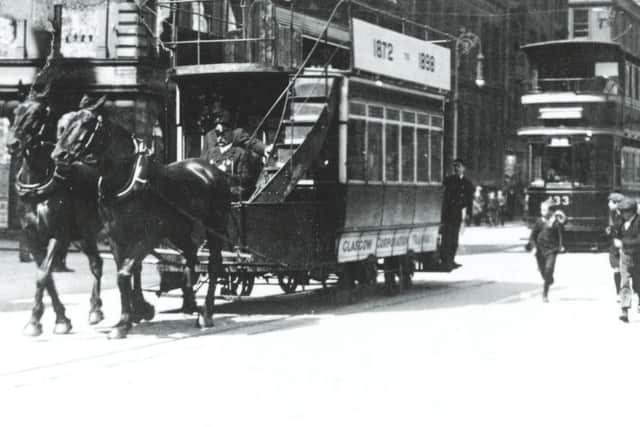

Advertisement
Hide AdAdvertisement
Hide AdTrams would often run at two-minute interval and in Renfield Street, the service was so intensive that a tram would pass every 12.5 seconds, Stewart earlier wrote.
In 1953, the decision was taken not to replace part of the ageing fleet with this regarded as the beginning of the end for the service.
The view was that the internal combustion engine was the future and would offer more flexibility to travellers.
Mr Messner said: “Oil was still and issue, it still had to be imported at this point but it was still felt it was more economical and more viable for the future to have motorbuses powered by diesel.
Advertisement
Hide AdAdvertisement
Hide Ad“The rise of personal transport, the motor car, was definitely part of the reason (why the trams stopped) but at the same time you still had a high number of people riding the train. Public transport was still very popular and its use is still growing.”
Mr Messner added: “I think some people would like to see the trams back and you never know. I am not sure, however, that they would be held in the same high esteem.”
